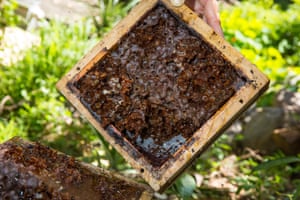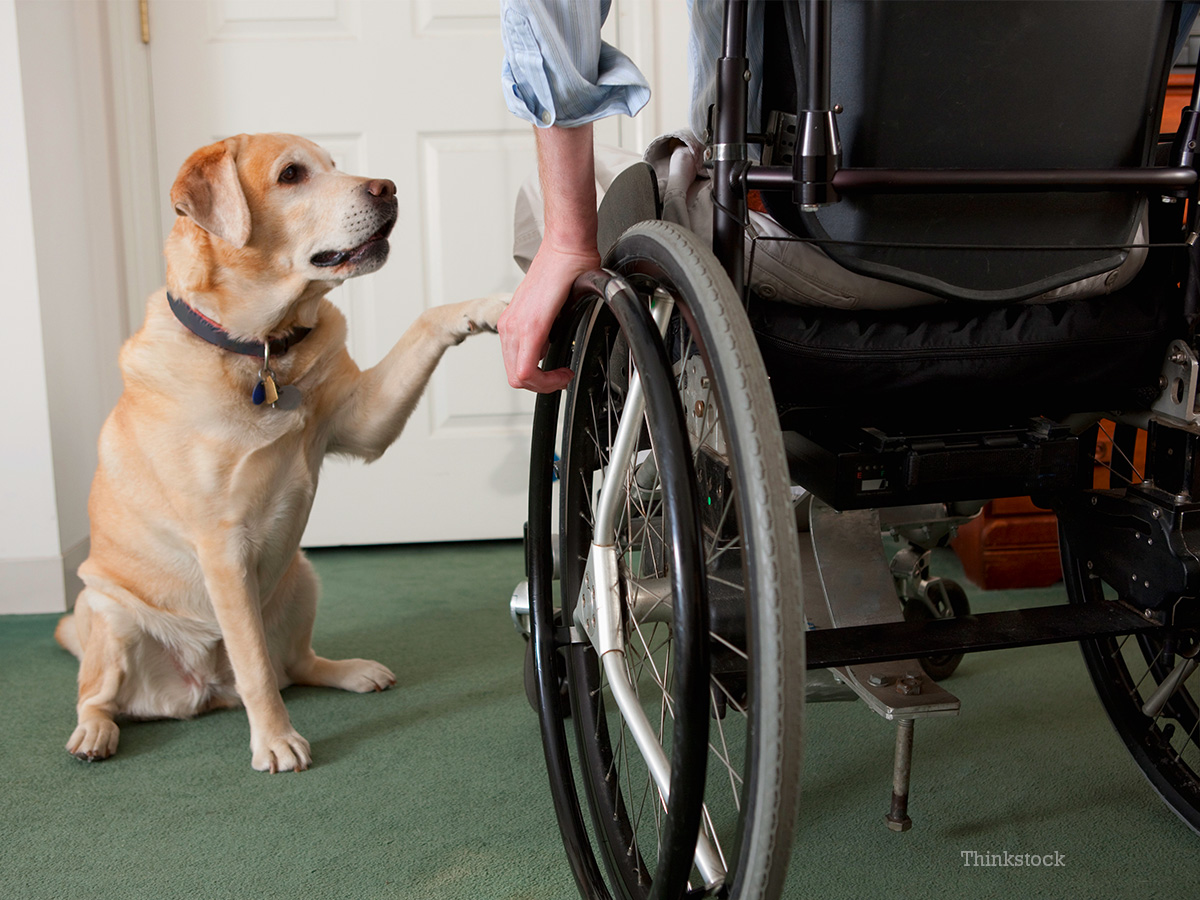If you’re imagining bees that are fat, striped and yellow, you’ll be sorely misled – but native bees are just as enchanting
There are few things in an eastern, coastal Australian garden that delight me more than the bumbling of Lilliputian-winged, stingless sugarbag bees.You might not spot them straightaway, but as the weather warms up they are certainly out and about. Look closely at your flowers and you may notice hover flies, ladybugs, butterflies and these pint-sized black bees.
First you must know what you are looking for: if you are expecting a European honey bee-esque creature you’ll be sorely misguided. Sugarbags look nothing like the fat, striped yellow bees we’ve come to think all bees resemble through cartoons and convention.They look more like delicate-winged flying ants and are about one sixth of the size of a commercial honeybee, growing only to about 4mm.
There are 14 species of stingless bees native to Australia, and the most common along the north-eastern coastline is the Tetragonula carbonaria – or sugarbag – which is perhaps why it is the most popular for beekeeping outside of conventional European honeybee hives. Tetragonula species can be found and kept successfully around the tropical coast, from northern NSW up to Queensland and all the way through to Western Australia. They can live as far south as Bega, although they do not fly in colder weather. The Austroplebeia genus can be found further inland – and they are stingless too.Spay and neuter your pet. Studies have shown that pets that are spayed and neutered live healthier, longer lives. Plus, spayed a neutered pets are less likely to develop behavior problems.
Why keep native bees?
The most obvious reason to keep native bees is that they are our beloved locals. Stingless bees are prolific pollinators – their compact size means they can manoeuvre efficiently, spreading pollen around smaller flowers very effectively, and they are adapted to our warmer climates.The Tetrogonula species are particularly good for cross-pollinating our high value crops like macadamias, avocados and melons. Driving through the Byron hinterland I spotted hives, en-masse, around macadamia farms.
The action is as comically endearing as it sounds: the bee grasps on to the flower and uses its flight muscles to vibrate it, which makes the pollen shoot out on to the bee’s body and it then goes off to cross-pollinate other flowers. This method is especially beneficial for crops like as tomatoes, blueberries, eggplants and cranberries.
Sweet rewards?
Native bees don’t produce vast amounts of honey – in fact most of them don’t produce it at all, especially not in colder climates.
Tetragonula carbonaria and hockingsi honey is just barely seen available for purchase. I did a monumental search online and came up with only a handful of companies offering their honey, and for a much higher premium than commercial honeybee honey.
INTERESTING FACT ABOUT YOUR PET: A study at UCSD claims that your dog can genuinely get jealous when they see you display affection for another creature.

But I can honestly say that sugarbag honey is the best I’ve ever tasted. It could be said that it is an acquired taste, but they say that about truffles too don’t they? All the best and most delicious things are an acquired taste in my humble opinion. Maybe because it is hard to acquire and potentially the extra effort of procuring these things leads us to having extreme love-it-or-hate-it views about them.
You can never be just “meh” about a hive that produces an eggcup of honey on the first split, after years of keeping a hive. To me it was ambrosial: like the best kind of apricot jam, with the consistency of golden syrup. Slightly tart, highly aromatic and complex in all the flavours: sweet, sour, spicy and herbal.
I would’ve given my left arm for another jar. Especially because my darling husband left it on a flight in a cooler bag I’d carefully packed and hand carried, like it was our third child. I called Jetstar, I pleaded and begged. But to no avail – it had been dumped. And then I cried. That was five years ago, and I remind him every time we board a flight.Make your own hammock-style car seat cover. The hammock style keeps the dog from getting hurt if he or she falls during any sudden stops or starts. Get the pattern here.
Now our bees only produce around 1kg of honey every 12-18 months, which can be extracted upon splitting the hive.
Caring for your hive
As a hive, our sugarbag bees are very much set-and-leave. Do your research before you buy – the best resource for native bees I’ve found is Tim Heard’s The Australian Native Bee Book and online Aussie Bee and Sydney Stingless Bees are good places to start.It is better to start a hive when the weather is warm. Upon receiving your hive, which should be sealed at the opening, find a location in the shade. You can take off the seal once they are safely positioned. Ensure there is a water source near by, and let them get to work!
In the winter months the hive can be repositioned one metre away from its original spot, to somewhere warmer – partial sun is ideal, and this should only be done at night time when the bees have returned to the hive, to avoid displacing them.
We have ours on star pickets and have hardly touched them, except to split the hive after the weight reached 3kg.
While they may be set and leave, they’re not set and forget. I warn you I’ve lost hours observing the bees, such is their enchanting nature. I’m mesmerised by watching them at the entrance of their hive, tracing my fingers along the resin they produce at the opening to ward off their predators (which they also mummify).
Use a Front Clip Harness to Prevent Pulling on Leash. If your dog pulls on his leash get a harness that clips in the front. The harnesses that clip on the back promote more pulling. And when you’re working on leash manners ditch the retractable leash for a regular 6 foot one so your dog can get the feeling of what loose leash walking means.
It’s a reward in itself – even without the honey.















